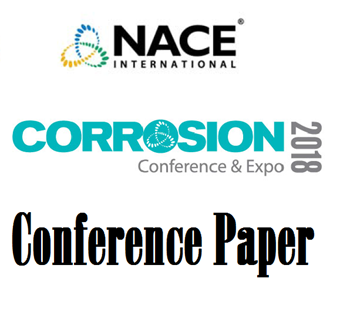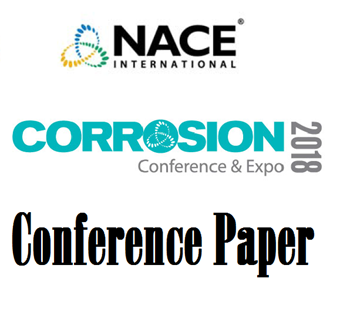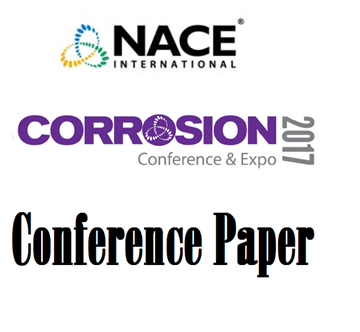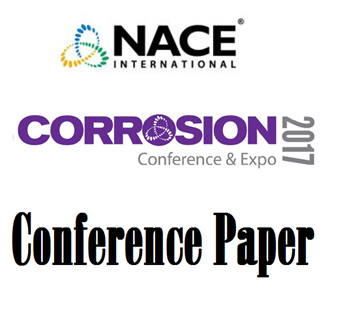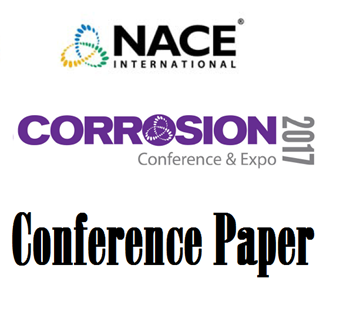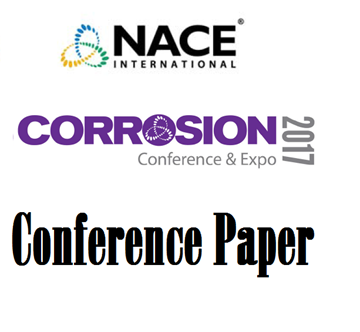Search
Products tagged with 'duplex stainless steels'
View as
Sort by
Display
per page
51318-11439-Evaluation of resistance to cracking for HIPed and rolled duplex stainless steel microstructures
Product Number:
51318-11439-SG
Publication Date:
2018
$20.00
51318-11625-Cracking of Duplex Stainless Steel in Refining Operations
Product Number:
51318-11625-SG
Publication Date:
2018
$20.00
Atmospheric Corrosion Resistance of Duplex Stainless Steels
Product Number:
51317--8880-SG
ISBN:
8880 2017 CP
Publication Date:
2017
$20.00
Comparison of the Life Cycle Cost of Carbon Steel, Duplex Stainless Steels, Super Austenitic, and Nickel-Based Alloys for Crude Unit Overheard Condensers
Product Number:
51324-21175-SG
Publication Date:
2024
$40.00
Corrosion Risk Evaluation of Duplex Stainless Steel UNS S82551 in Treated Seawater Injection Well Service
Product Number:
51317--9608-SG
ISBN:
9608 2017 CP
Publication Date:
2017
$20.00
Effect of Microstructure on the Corrosion Resistance of Super Duplex Stainless Steels: Materials Performance Maps
Product Number:
51317--8923-SG
ISBN:
8923 2017 CP
Publication Date:
2017
$20.00
Effect of the Substitution of Ni by N and Mn in Lean Duplex Stainless Steels on SCC Assisted by H2S
Product Number:
51317--8943-SG
ISBN:
8943 2017 CP
Publication Date:
2017
$20.00
Effects of Annealing Temperature on Pitting Corrosion of LDX 2003 and LDX 2404 Duplex Stainless Steels
Product Number:
51317--9156-SG
ISBN:
9156 2017 CP
Publication Date:
2017
$20.00
Evaluation Of The Suitability Of As Bent Super Duplex Stainless Steel UNS-S32750 Tubing For Refinery Sour Services
Product Number:
51321-16850-SG
Publication Date:
2021
$20.00
Flowline Material Performance and Challenges in Oil and Gas sweet and sour environment
Product Number:
51320-14722-SG
Publication Date:
2020
$20.00
Good reasons why UNS S82441/EN 1.4662 should be included in ASTM A923
Product Number:
51323-19166-SG
Publication Date:
2023
$20.00
Proposed Inclusion of UNS S82031 Into ASTM A1084
Product Number:
51324-21017-SG
Publication Date:
2024
$40.00

